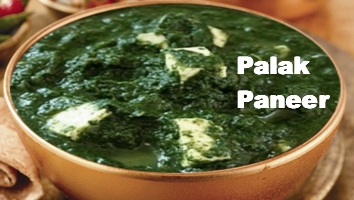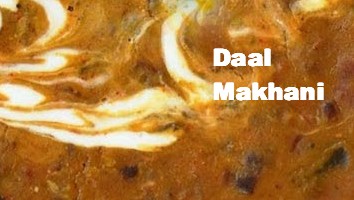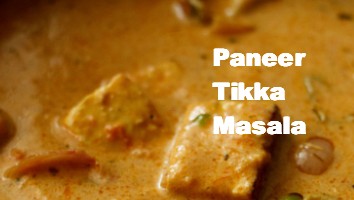
|
To Baste: |
To moisten food with ghee, nut or vegetable oil to prevent it from drying out and also to enhance the flavor. |
| Batter: |
An uncooked mixture of grain or daal flour, liquid and seasonings, beaten well until it is of smooth dropping consistency. |
| To Blanch: | To loosen the outer coverings of foods such as tomatoes, peaches, almonds etc. by scalding them briefly in warm water. They may be cooled before draining and removing skin. |
| To Boil: |
Known as Obalna. When the liquid is heated until slowly rising bubbles gently burst onto the surface, it is called boiling. |
| Braising: |
Known as korma, this moist cooking method is a combination of two procedures: browning, and then steaming or stewing. This method of cooking is brings out rich flavors in both vegetables and sauces. |
| Chaunk: | Also known as Baghar and Tadka, a key seasoning technique used throughout India. |
| To Chop: | To cut foods into irregular pieces with knife or chopper. Finely chopped foods, cut into slightly smaller pieces is also called Minced. |
| To Clarify: | To separate and remove impurities from liquids, thus making a clear product. |
| Deep-Frying: | Known as talna, this is most important dry-heat cooking method in India. |
| To Dice: | To cut food into uniform small cubes. |
| Dough: | A pliable mixture of flours, combined with water, milk etc. that is kneaded until the consistency is smooth and silky. |
| To Drizzle: |
To pour sauce, sweetener or melted butter over the surface of foods in a very fine stream. |
| To Dry-Roast: | Known as Bhun-ana, this technique is refereed to the process of slowly browning whole spice seeds, split daals, nuts and some type of flour. It is best done on a Tawa or griddle. |
| To Julienne: | To cut fruits, vegetables, citrus zest etc. into long thin strips. |
| To Filter: | To strain any liquid through fine-meshed paper filters, layers of finely woven cotton cloth or cheesecloth in order to remove impurities or other unwanted residue. |
| To Grate: | Known as Turapni or kaddu-kas. |
| To Knead: | Any type of bread dough can be made by hand. Kneading by hand involves rubbing flour moistened with liquid ingredients and applying pressure with palms knuckles and fingers, turning into smooth dough. Known as Goondana. |
| To Marinate: | A procedure during which foods are soaked in liquid mixtures to either preserve the food, infuse them with flavor or tenderize them. |
| Mincing: | To cut food into very fine irregular pieces |
| Pan - Frying: |
This term technically means frying any ingredient in small amount of oil. |
| To Puree: | To reduce foods to a smooth consistency using a food blender, masher or processor. |
| Rubbing: | The process of incorporating butter, ghee or oil into flour between the finger and the thumbs or between palms, when preparing shortened dough. |
| To Shallow - Fry: |
To cook brown foods that are one-quarter to one-half covered in hot ghee or oil. |
| To Simmer: |
To cook foods in a liquid at below the boiling point. |
| Steaming: | Known as Bhap dhayana. Any pot with a tight-fitting lid becomes a suitable steaming vessel when a steaming rack is placed inside. |
| Stewing: | The closet equivalent to the slow cooking method known as Dum dhayana. Often using earthenware, the lid is sealed into place with a thin rope of chapati dough, locking flavors inside. |
| To Stud: | To insert whole-blanched nuts or whole spices into the surface of a foodstuff |
| To Whisk: | To vigorously move a whisk with a quick sweeping motion to obliterate lumps in a mixture, to blend ingredients, or to add a final gloss to a sauce. |









Opinions
Jack Lenox
Kevin Koehler
Ben Lowery
Neha Gajjar